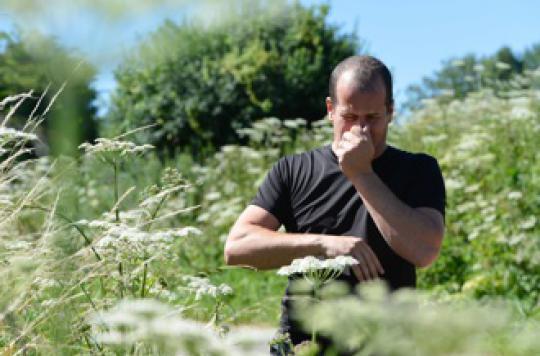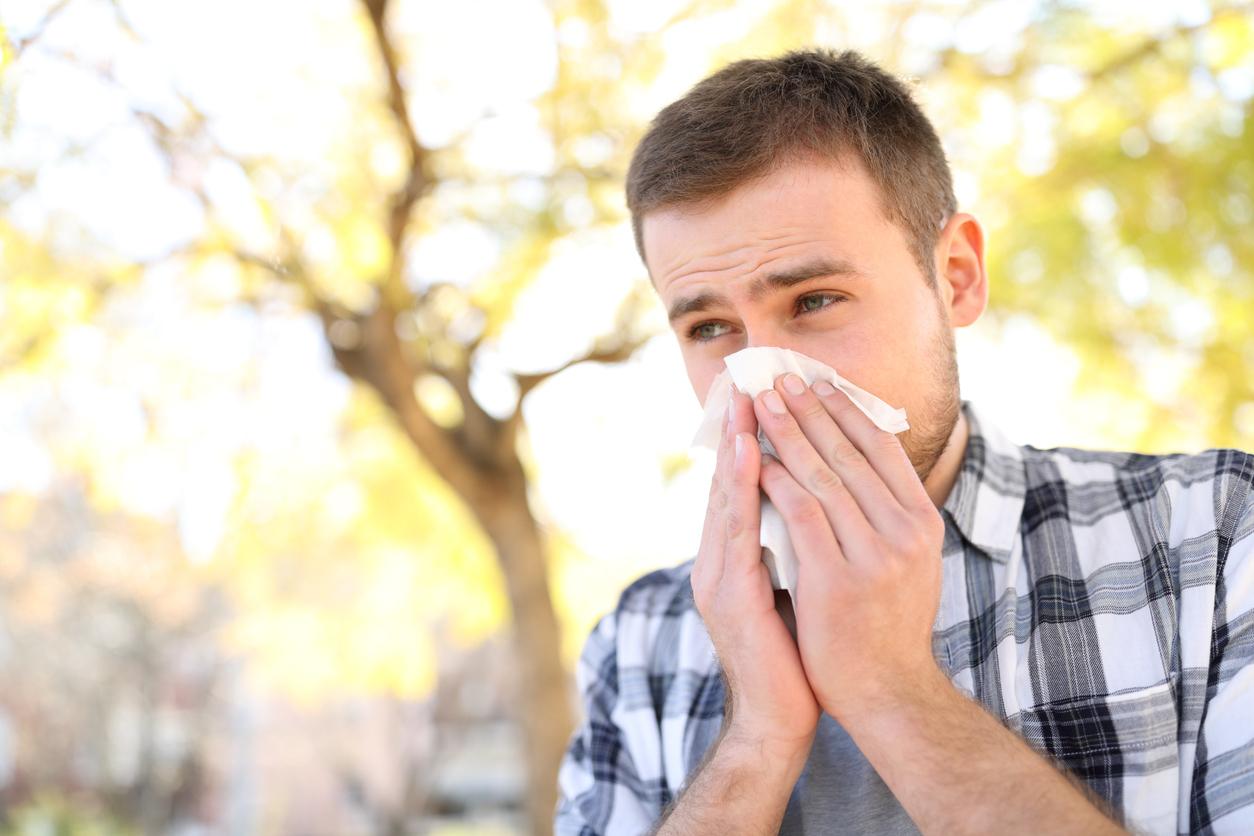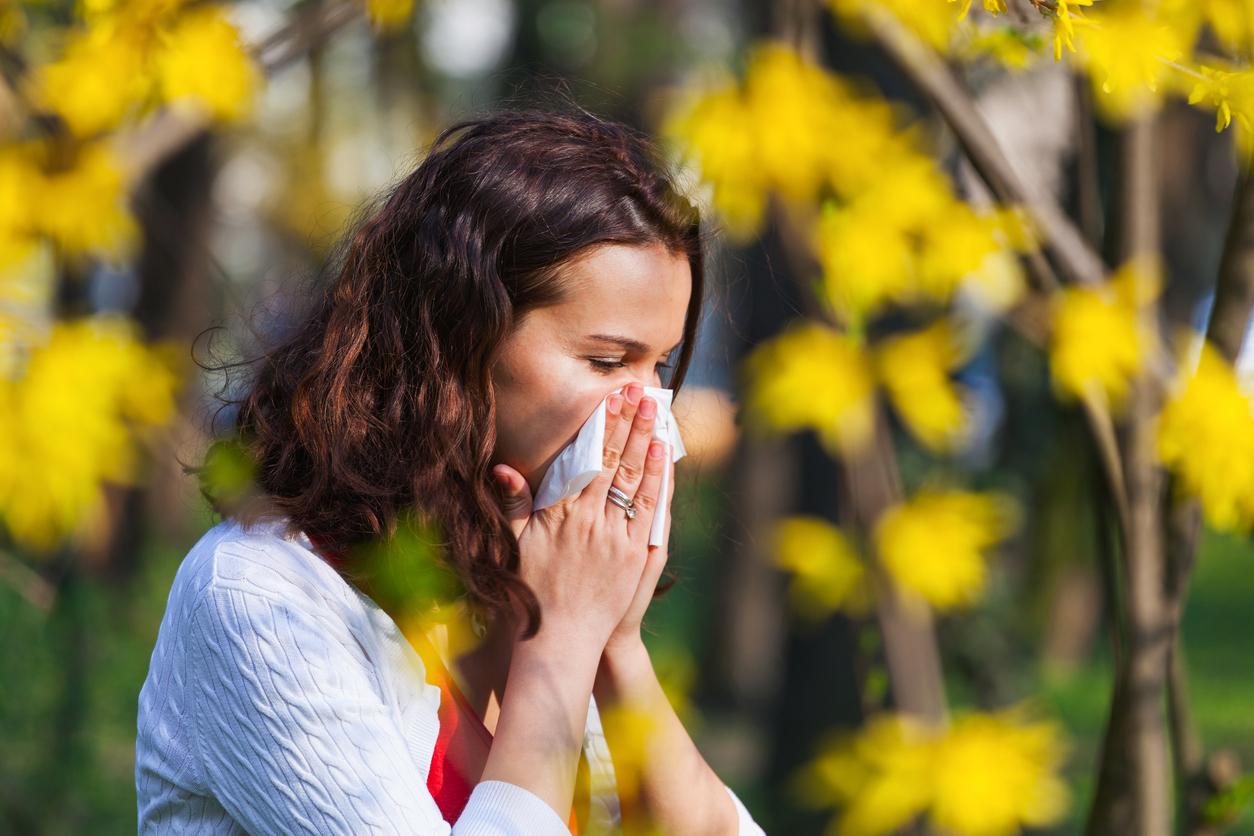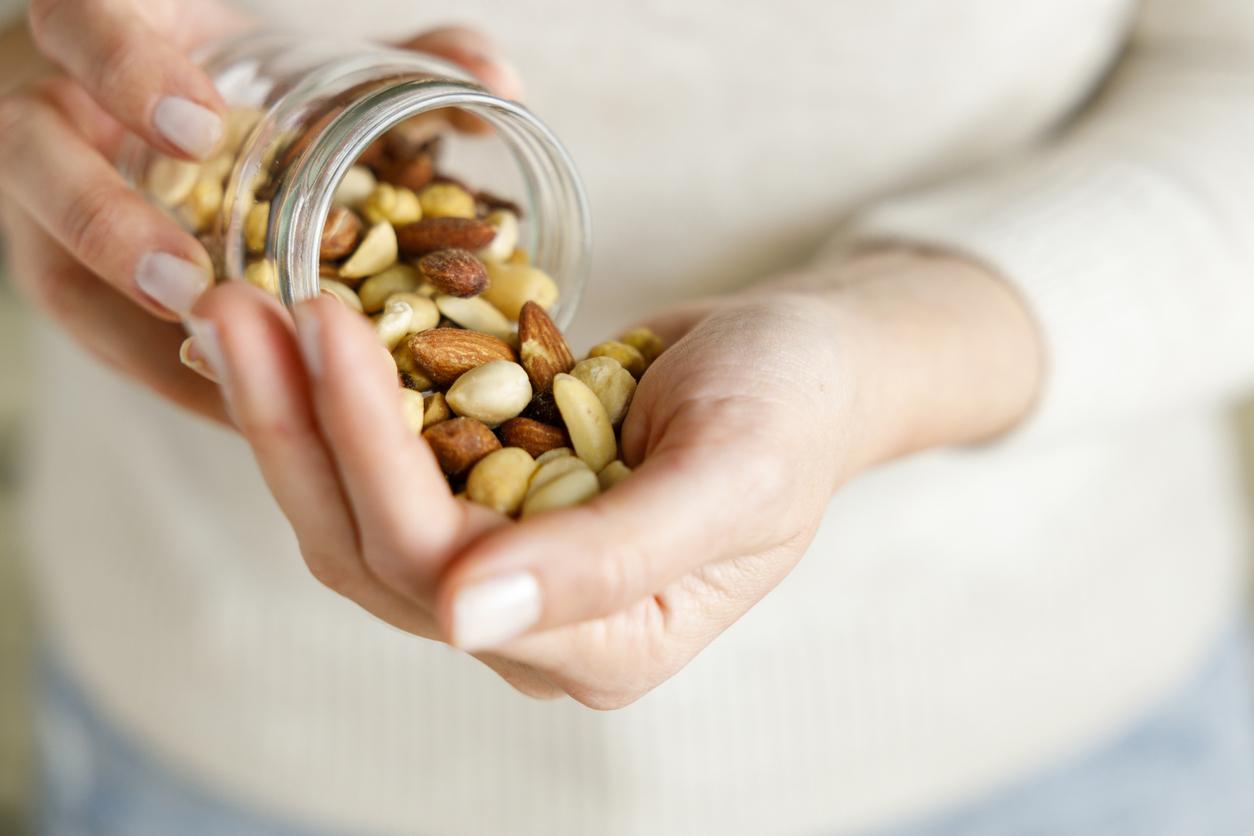The allergic peak has passed. According to the national aerobiological surveillance network, grass pollens are still very present in France next week but the situation is improving, particularly in the North and East.

On the pollen allergy front, the weather is improving. The national aerobiological surveillance network has just published the pollen vigilance map of France for the period from 20 to 27 June. And while virtually all departments were on red alert last week, they will be down to 63 at this maximum level.
Improvement for grasses in the North, East and the Pyrenees
Concretely, the situation is improving throughout the North of France, part of the East near the Belgian border, Normandy, the departments close to the Pyrenees (Landes, Pyrénées-Atlantique, Haute-Pyrénées, Haute-Garonne , Ariège) as well as in three departments of the Center (Loiret, Loir-et-Cher and Indre-et-Loire). On the other hand, the allergic risk goes from “medium” to “high” in the Paca region and in Corsica.

Other pollens at low risk
In addition, on the front of other pollens, allergic people no longer have too much to fear. The RNSA specifies that oak and olive pollens will still be present around the Mediterranean, but with an allergic risk that can reach a low level. “The rather discreet urticaceae pollens will do a fundamental job to establish themselves throughout the territory, the associated allergic risk will not exceed the low level except in the Mediterranean where it may reach an average level. »Low risk also for plantain and sorrel pollens. As for chestnut and linden pollens, they will not exceed a low level next week, although locally linden trees may be very active. And the RNSA warns that despite this slight improvement in the situation, allergics on each side will have to follow their treatment because grass pollens will still be present next week.
.

















